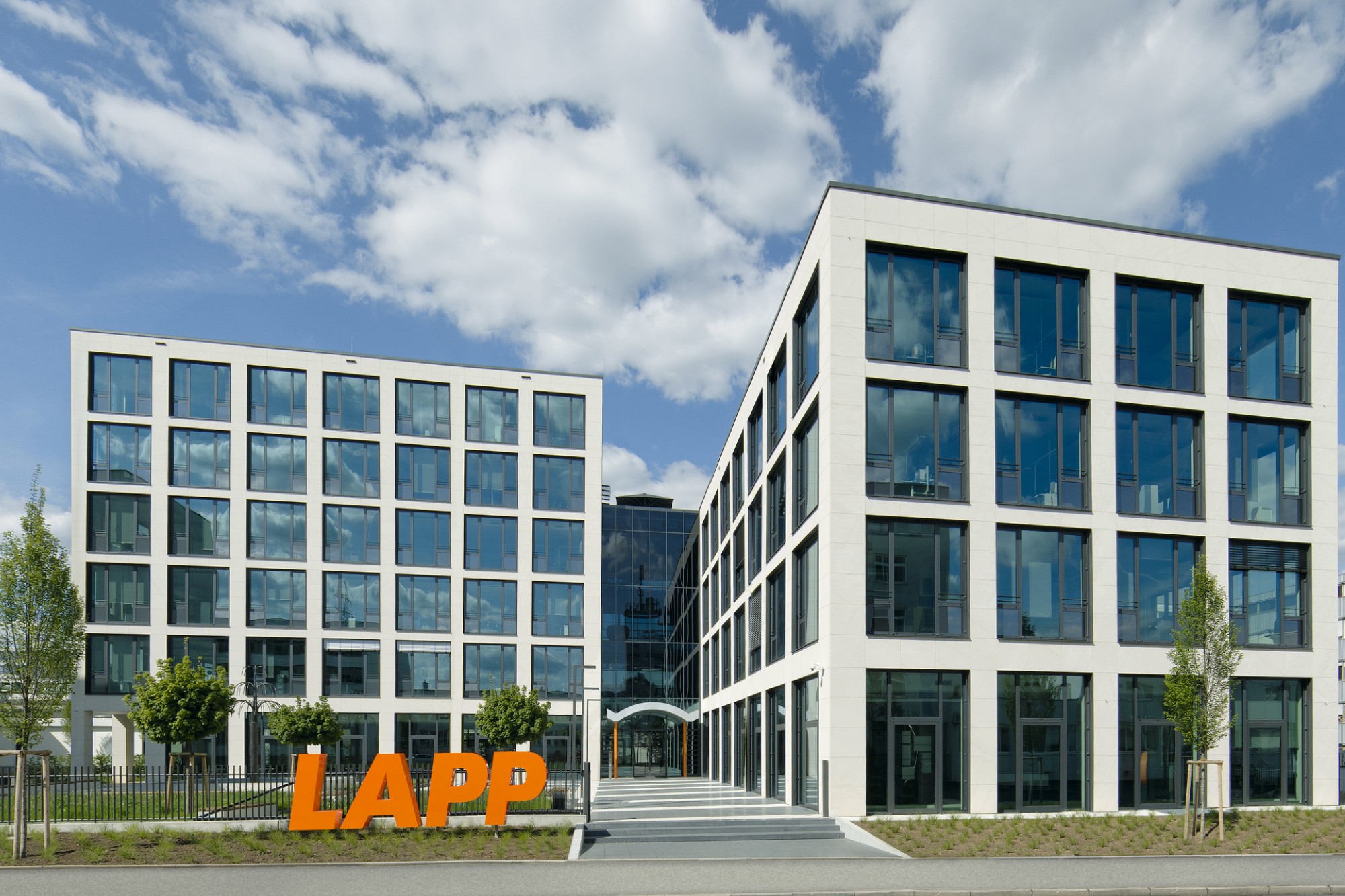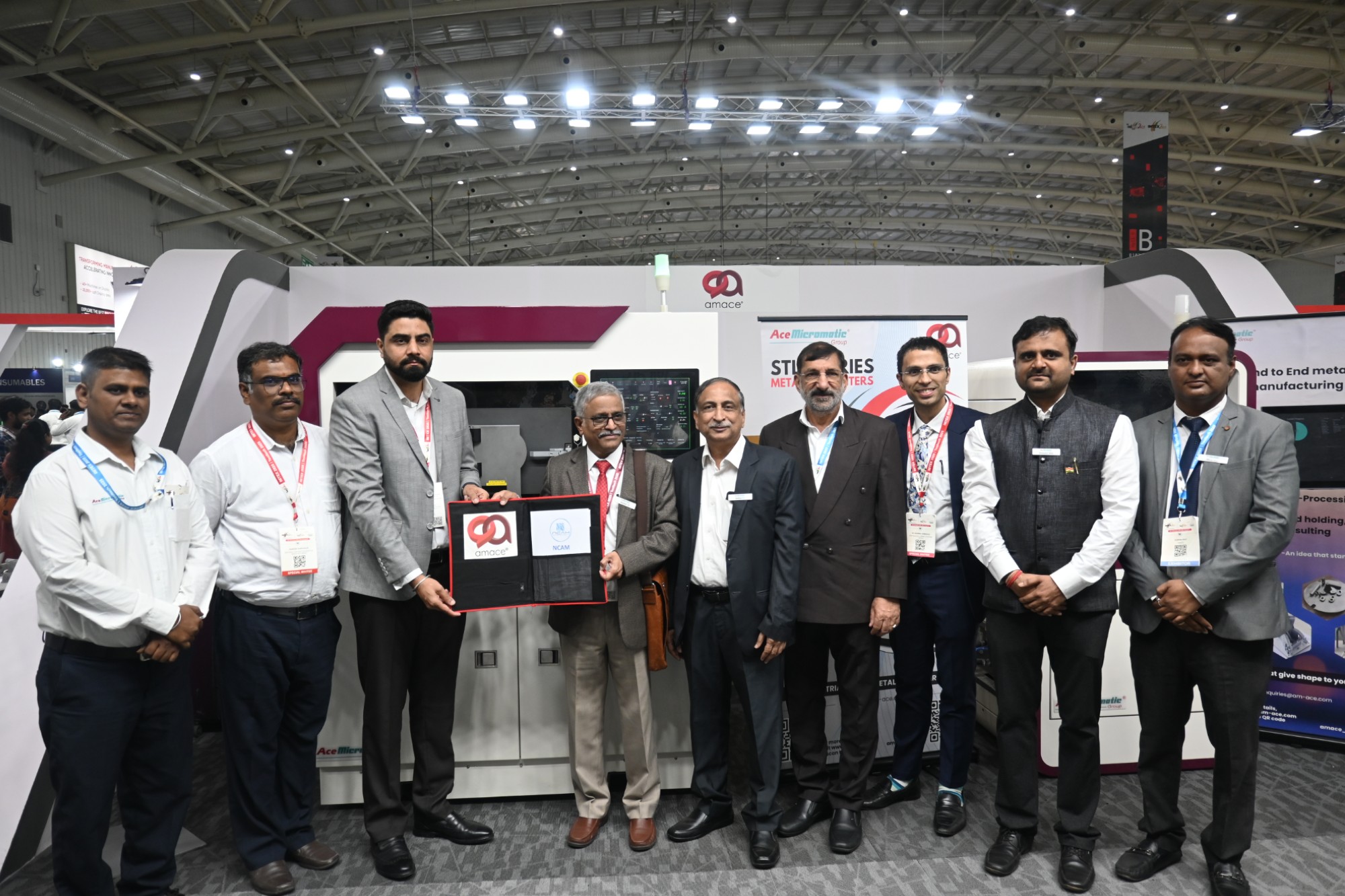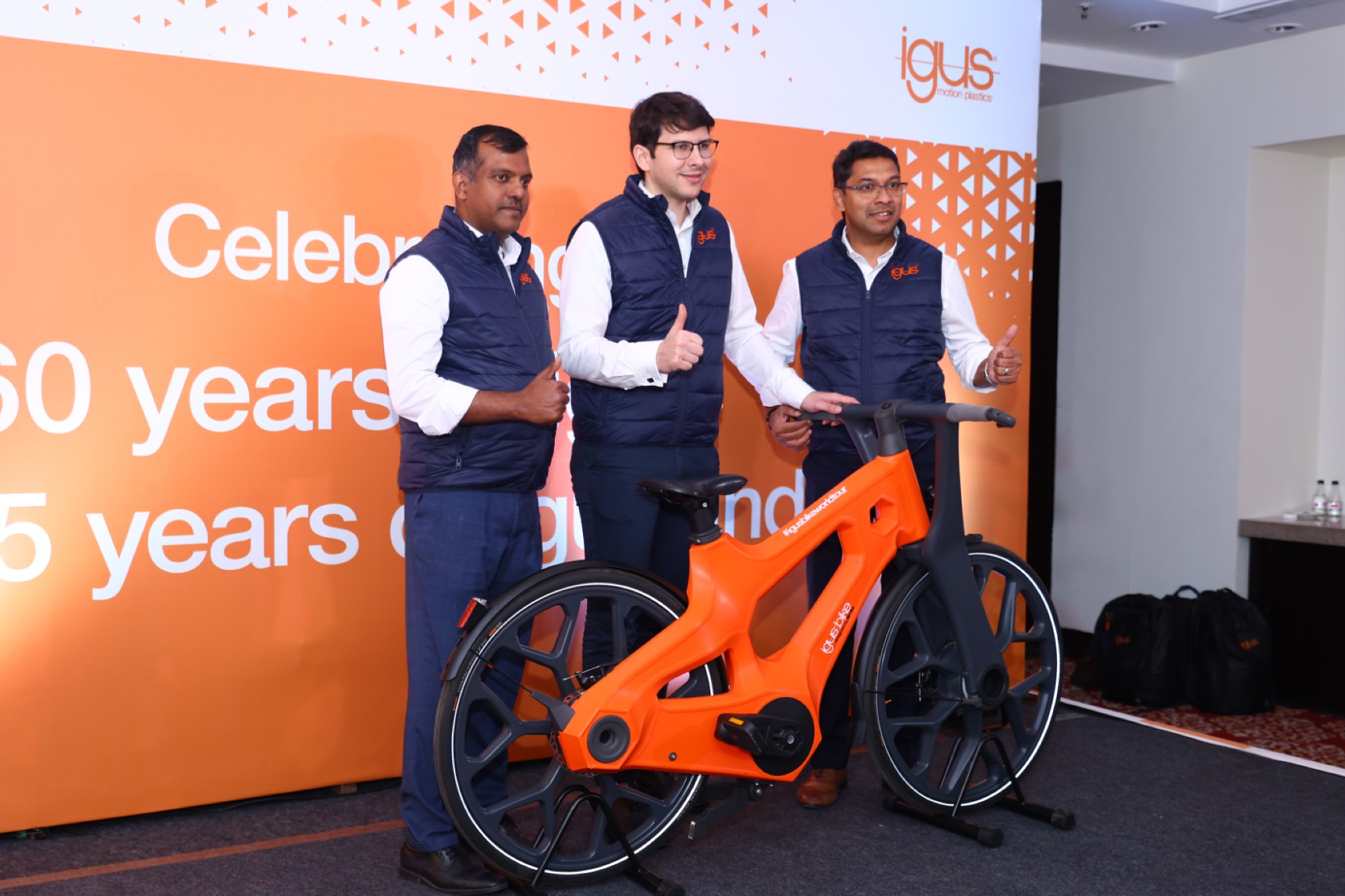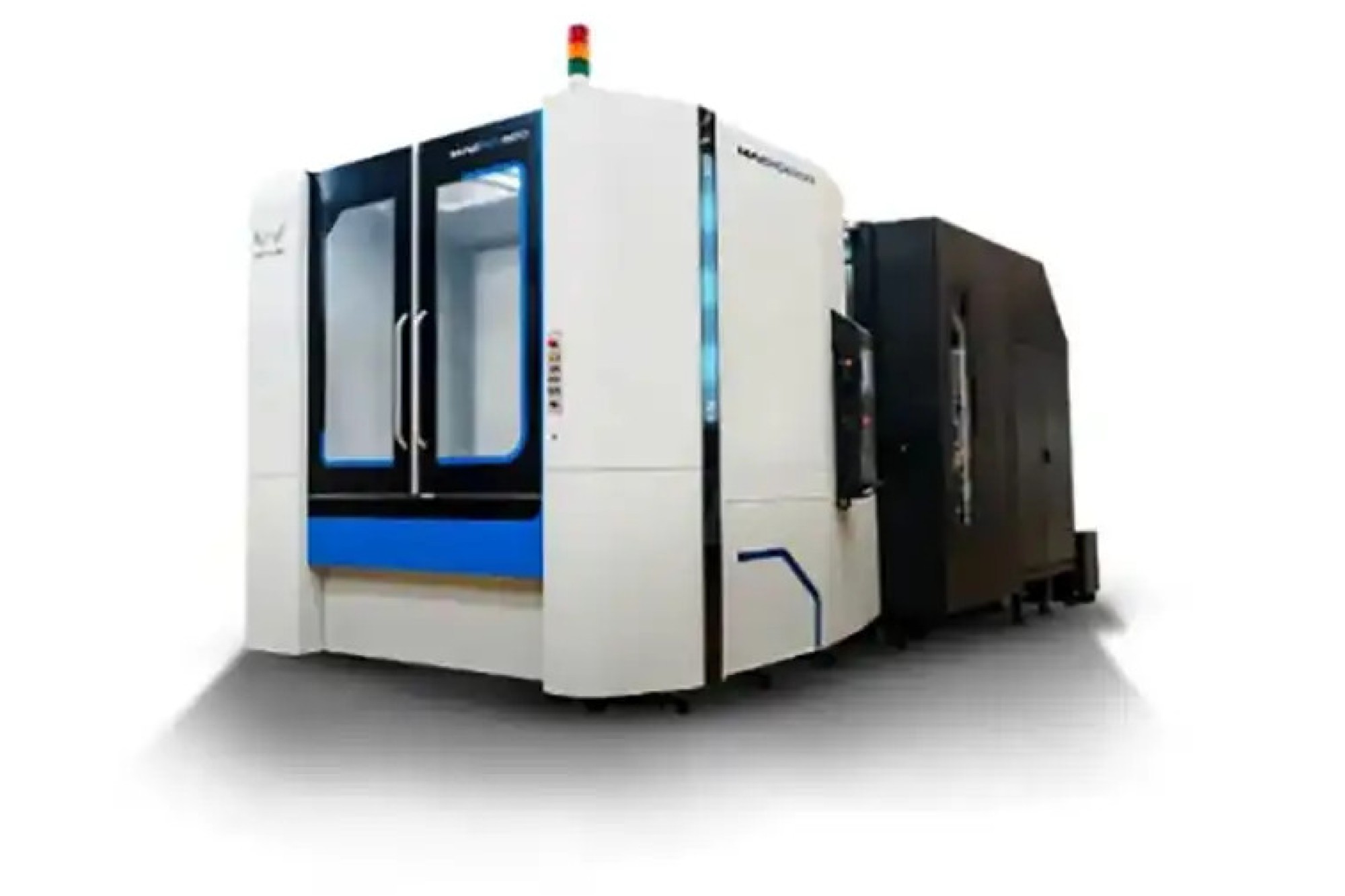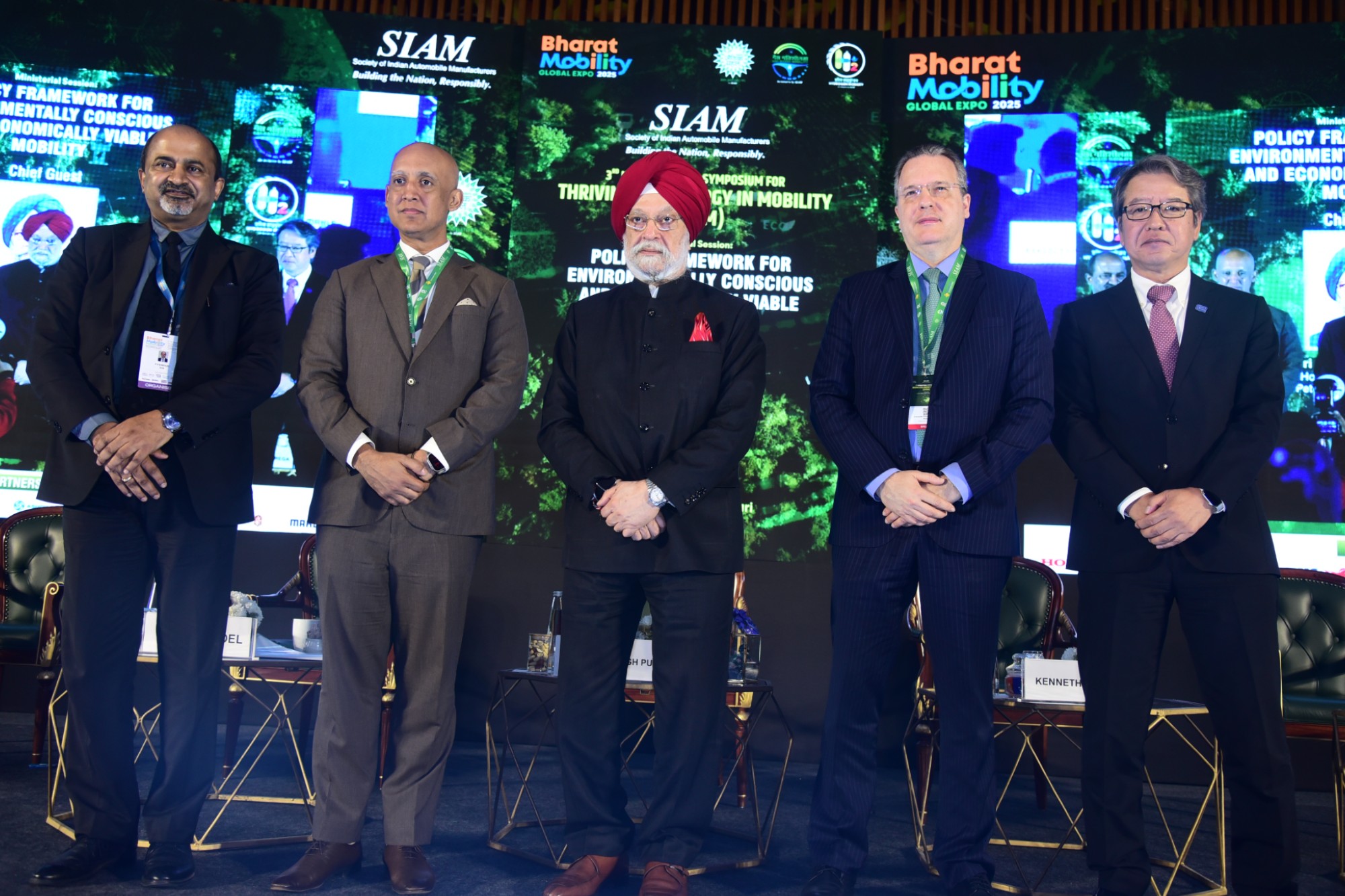India to become second largest steel producer by 2012
By admin August 16, 2010 8:46 am IST
Over the last few years, the steel industry in India has made tremendous advancement. Supported by the strong demand in the field of infrastructure and other steel-based manufacturing segments, the steel industry has emerged as one of the fastest growing sectors.
According to the Minister for Steel, Virbhadra Singh, “During the last one year, while action on many of the crucial agenda items were completed, those involving long term targets like the modernization and expansion programmes of PSUs like Steel Authority of India (SAIL) and Rashtriya Ispat Nigam Limited (RINL) are also at an advanced stage of progress. India is the third largest producer of crude steel in the world, surpassing developed countries like USA and Russia”.
The Minister also said, “Indian Steel Industry contributes to nearly two percent of Gross Domestic Production (GDP) and employs over 5 lakh people. The Steel sector continues to be one of the major contributors to national exchequer and in 2009-10 up to end of third quarter (April-December’ 2009) the net profit earned by all the profit making PSUs taken together was to the tune of Rs. 8008.57 crore”.
In 2009-10, the Steel Sector was able to make a recovery after the sluggish growth on account of global downturn and adverse market condition of 2008-09. The resurgence in automotive appliances, capital goods and construction sectors has directly contributed to this positive performance. According to PIB, during the year, the industry achieved a total capacity utilization of 88.9% showing increase in production of crude steel (by 10.7%) and finished steel (by 4.4%) as well as consumption (by 7.9%). The year 2010-11 has begun on a note of optimism for the steel sector and especially for the major PSUs under the Ministry’s administrative control like SAIL, RINL and NMDC Ltd.
Production
The National Steel Policy 2005 had projected an annual steel consumption growth of 7% based on a GDP growth rate of 7-7.5% and production of 110 million tonnes of crude steel by 2019-20. The ministry of steel projected that the growth trends are likely to be exceeded and it is envisaged that in the next five years, demand will grow at higher annual average rate of over 10% as compared to around 7% growth achieved between 1991-92 and 2005-06.
According to the Annual Report 2009-10 on steel industry published by the Ministry of Steel, the production for sale of total finished steel at (alloy + non-alloy) was at 38.961 million tonnes during April-November, 2009 as against 38.024 million tonnes in corresponding period of 2007-08, a growth of 2.5%. India also maintained its lead position as the world’s largest producer of direct reduced iron (DRI) or sponge iron. Sponge iron production for sale was 20.8 million tonnes in 2008-09 which was higher by 2.1% over 2007-08.
The Minister for Steel said, “India is expected to become the second largest steel producing nation by 2012 with a targeted production capacity of 120 million tones”.
Consumption
According to a latest research report “Indian Steel Industry Outlook to 2012”, published by RNCOS, the Indian steel industry has made a rapid progress on strong fundamentals over the past few years. Manufacturing, housing and infrastructure are some of the important fields that are closely associated with steel consumption in India. In the recently announced budget, the Indian government has funded many infrastructure development and modernization of urban and rural areas projects and most of these projects are expected to be completed by 2012-13, which will enable steel consumption to grow at around 8.3% by FY 2013.
The report reveals that the Indian steel industry is still struggling to tap the huge market potential. In 2008-09, per capita steel consumption in urban areas was estimated at 145 Kg, whereas in rural areas the figure stood at only 3 Kg. However, in the 11th Five-Year Plan, a great emphasis has been given to the infrastructure developments in the rural areas, but still majority of developments will take place in Tier-1, 2 and 3 cities of the country, which will ultimately uplift the per capita steel consumption in urban areas.
The year end review by ministry reveals that the consumption of total finished steel (alloy+ non-alloy) was at 34.304 million tonnes during April-November, 2009 as against 33.995 million tonnes in corresponding period of 2007-08, a growth of 6.8%.
Investment
During the year 2009-10, 222 Memorandum of Understanding (MoUs) have been signed by the investors with various State Governments for setting up additional 276 million tonnes of steel capacity in the country. Major investment plans are in the States of Orissa, Jharkhand, Karnataka, Chhattisgarh and West Bengal.
Cookie Consent
We use cookies to personalize your experience. By continuing to visit this website you agree to our Terms & Conditions, Privacy Policy and Cookie Policy.





